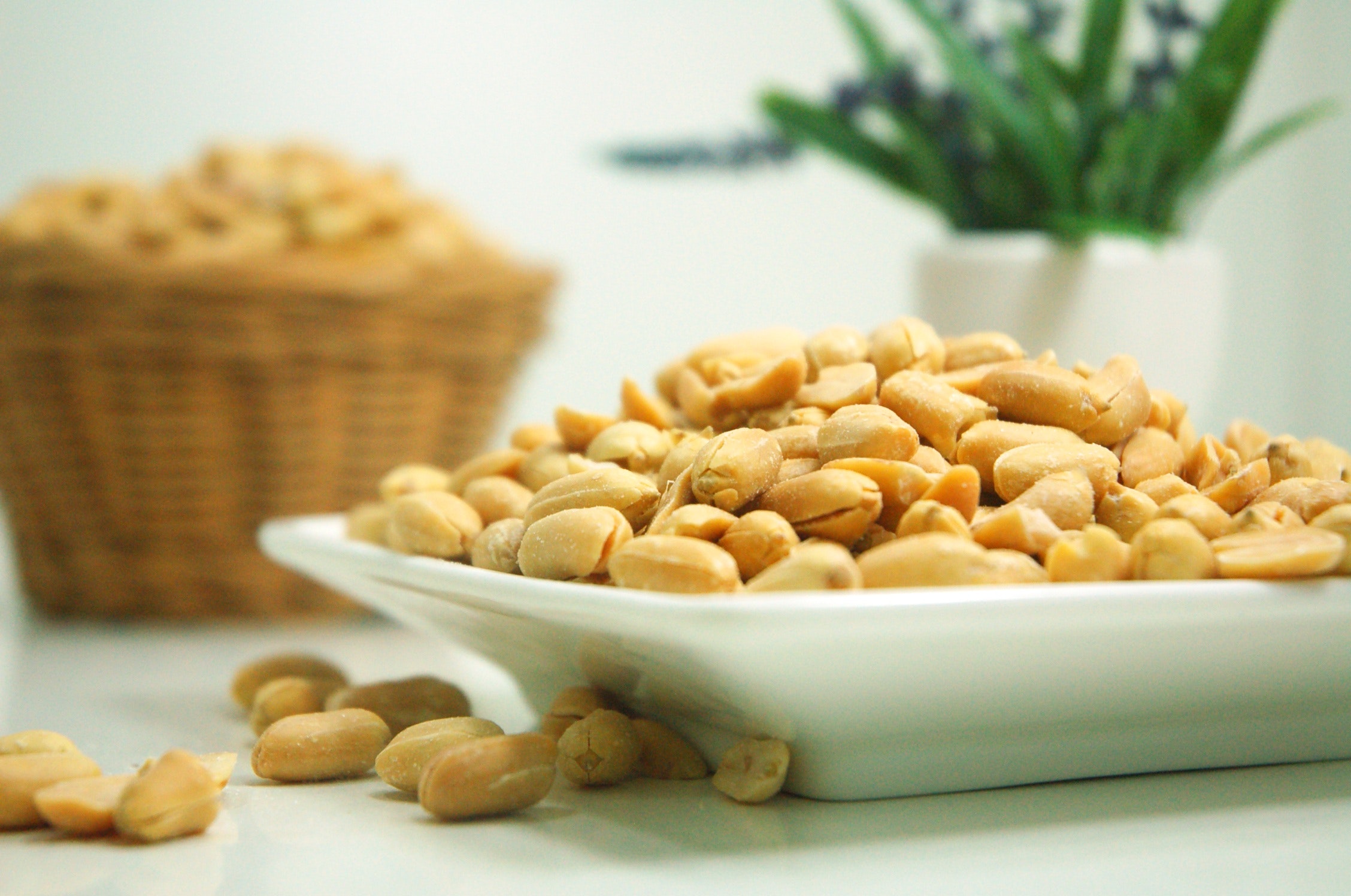By recent ASU nutrition student Alysia Nelson
First in a Series
The average Ketogenic Diet is made up of carbohydrates (5-10%), protein (20-25%), and fat (70-80%). Of course, everyone is different (lifestyles, goals, hormones, etc.) and the best way to achieve your personal goal is to customize a lifestyle that is right for you. The best thing about a Ketogenic Diet is you can still consume delicious and nutritious foods without feeling hungry!

What Not to Eat while on diet. Grains, beans and legumes, most fruits, starchy vegetables, and sugars.
What to Eat. Fats & oils, protein, vegetables, dairy, nuts, and seeds.
What Not to Buy.
- Stay away from low-fat products as they typically include more carbs (low-fat dairy products and shredded cheese).
- Avoid processed oils (soybean, canola, corn, grapeseed, peanut, sesame, sunflower, and safflower oil).
- Alcohol (beers, wines, cocktails, mixers, and flavored liquors).
- Sweetened beverages (soda, diet soda, fruit juices, fruit/ vegetable smoothies, sweetened dairy products, and coffee and tea products with added sweeteners or sweetened kinds of milk).
- Processed foods (cookies, cakes, margarines, candies, ice creams, carrageenan products, sulfites products, wheat gluten, and MSG.)
- “Low-carb” packaged foods (likely containing additives).
- Artificial sweeteners (Equal, Splenda, acesulfame, aspartame, saccharin, and sucralose).
- Condiments (made with unhealthy oils, added sugars, or labeled as low-fat).
- Grains (wheat, barley, oats, rice, rye, corn, quinoa, millet, sorghum, bulgur, amaranth, sprouted grains, buckwheat, breads, pastas, cookies, and crackers) While in balance, grains are healthy for you, to be a strict adherent to the Keto diet and while on the diet, they must be avoided. After your diet goals are achieved, periodic introduction of grains to your diet are fine.
- Most fruits (bananas, pineapples, papaya, apples, oranges, grapes, mangos, tangerines, dried fruits, fruit syrups, fruit concentrates, fruit juices, and fruit smoothies).
- Starchy vegetables (sweet potatoes, yams, carrots, parsnips, peas, yucca, corn, and cherry tomatoes).
- Sugars (honey, agave, maple syrup, raw sugar, turbinado sugar, cane sugar, and high- fructose corn syrup).
- Trans fats (processed and hydrogenated or chemically engineered).
What to Buy.
- Animal meats (fatty fish, poultry, beef, and pork).
- Full-fat products such as plain Greek yogurt, butter, cream cheese, heavy cream, sour cream, and block cheese.
- Unprocessed oils (coconut, virgin olive, and macadamia nut oils).
- Above ground vegetables (leafy/greens) such as spinach, mushrooms, green bell peppers, green beans, lettuce, cabbage, cauliflower, and broccoli.
- Saturated fats (ghee, tallow, and lard).
- Fruits, such as avocado.
- Nuts (almonds, walnuts, pine nuts, brazil nuts, hazelnuts, pecans, and macadamia nuts).
- Flours (almond flour, unsweetened coconut, coconut flour, chai seed meal, and flaxseed meal).
- Broth (loaded with vitamins and nutrients).
- Sweeteners (erythritol, monk fruit, and stevia).
“Ketogenic Diet Foods to Avoid: 108 Foods That’ll Slow Your Fat Loss.” Perfect Keto Exogenous Ketones, 29 Mar. 2018, www.perfectketo.com/ketogenic-diet-foods-to-avoid/.
“Ketogenic Diet Food List: Everything You Need to Know.” Ruled Me, 10 Feb. 2018, www.ruled.me/ketogenic-diet-food-list/.
Editor’s Note: Fill Your Plate neither endorses or supports this type of diet, but encourages readers to always consult with your doctor regarding special diets. This series shares one nutrition student’s experience with the diet.

